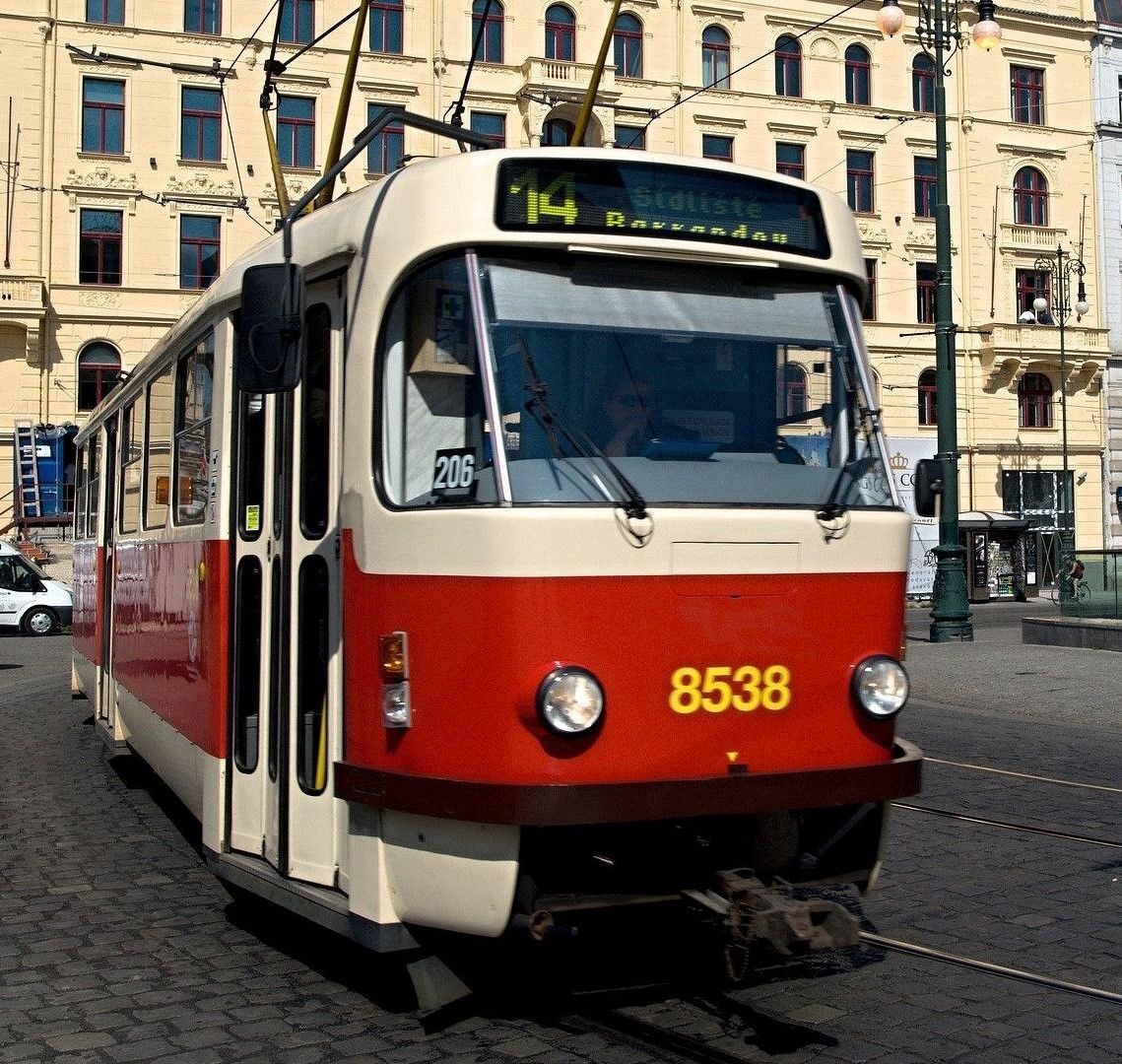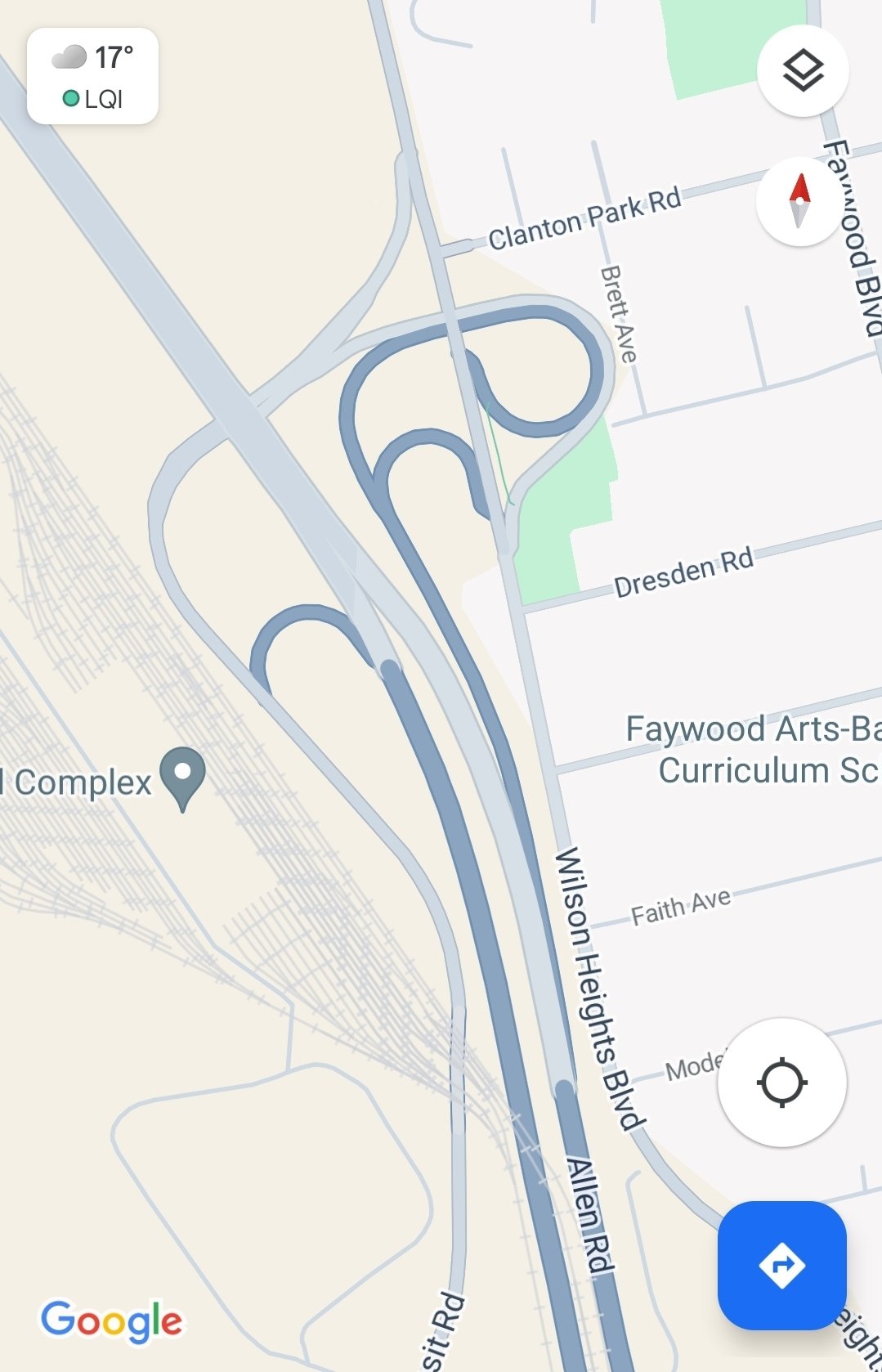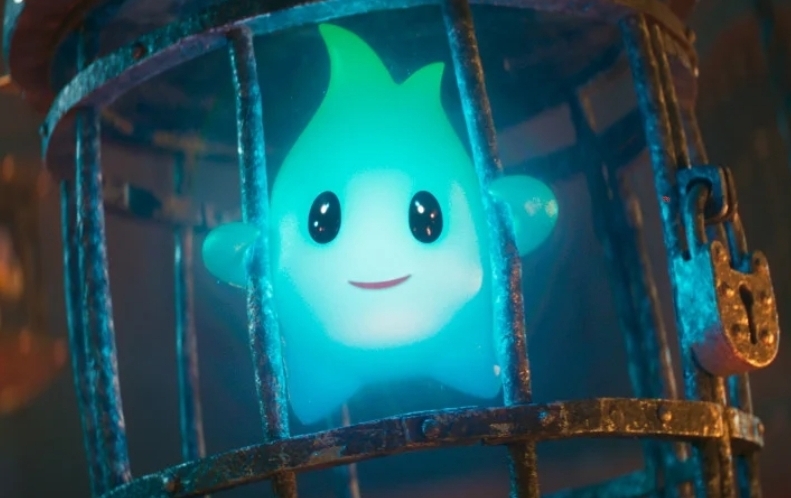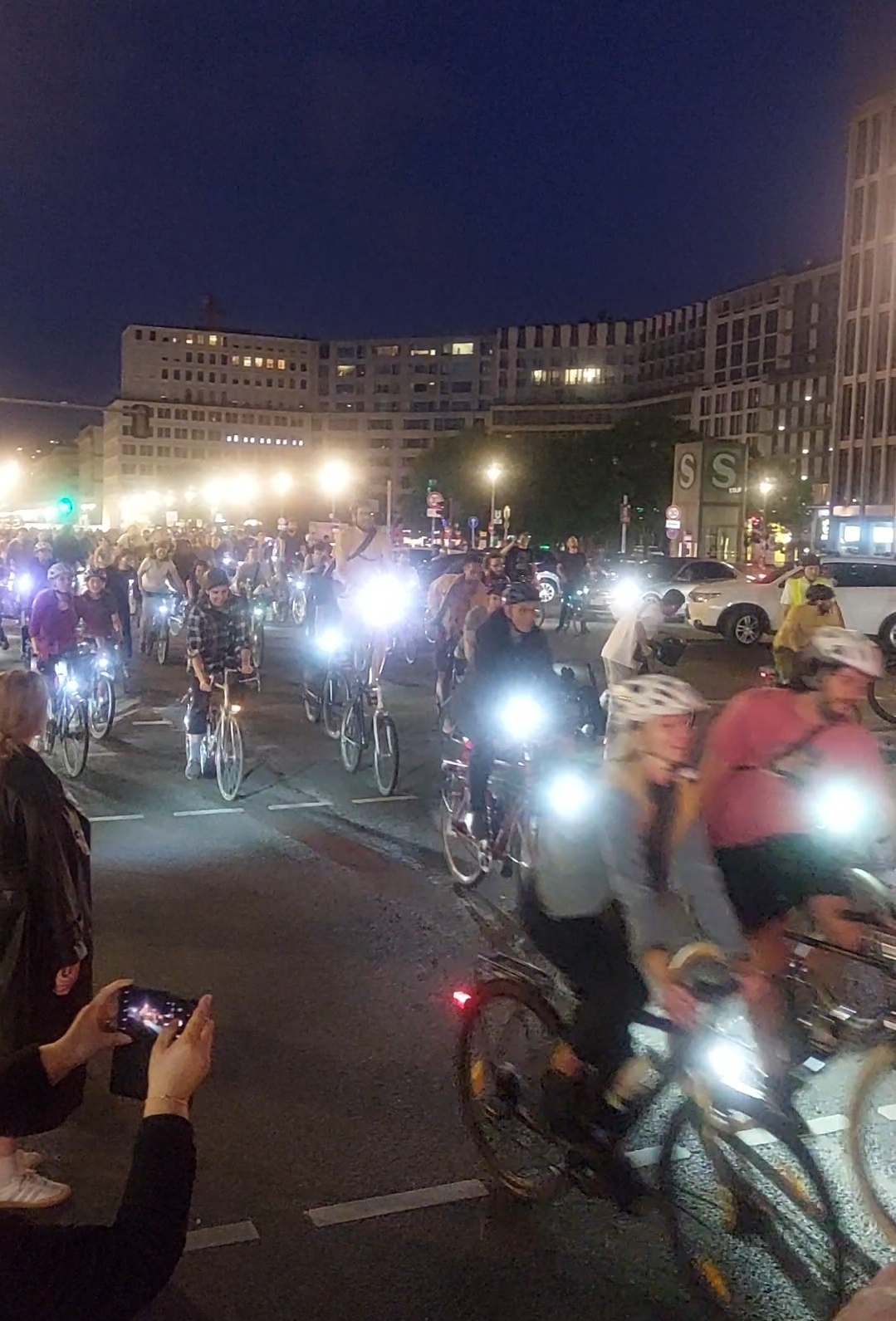

So does he go to prison or something? Or did he get a fine to pay?


So does he go to prison or something? Or did he get a fine to pay?


“When cities are designed with mostly drivers in mind, they tend to be built for commuters and not residents, making them less attractive to live in or even visit outside of work.”
Cities need to be designed for the people and families that live there. Not people driving in from the suburbs.
Also, I wonder if NewYork will ever consider doing what Amsterdam did (in the 1970~1980) to combat its traffic issues (caused by car), and only allow pedestrian/cycaling traffic.


When the tram goes up hill its at the front, when its going back down its at the back. For this specific line at least.
Video of trams in Stuttgart in action https://www.youtube.com/watch?v=DdzCyQyKvfg


Walkable as is in “enjoyably” walkable. Walking across a Walmart parking lot across a 6 lane road, and then to across another large carpark of nothingness to maybe a bus stop, all the while trying to not get hit by a car is not a classification of a walkable city.
Worth a watch https://www.youtube.com/watch?v=REni8Oi1QJQ


Widening roads and Hwys actually does not reduce traffic, most city planers have known this since the 1930s. The concept is called “induced demand”.
In its simplicity, as a roadway become wider more people choose to take it for a small amount of time, and then once again traffic builds up to past levels.
Here is a great video that summaries the concept. https://www.youtube.com/watch?v=CHZwOAIect4
This is why the 401 in my opinion is way too wide, it should really be redesign to be more efficient in on/off ramp locations. The collectors and express concept is really poorly implement as well IMO within the Toronto area and there are two many of/on ramps.
The best design on 401 hwy at the moment is a stretch located between the 410 & James Snow Parkway in both directions. Lanes are reduced with a dedicated HOV, and trucking traffic is restricted to the right lane with passing traffic on the left. The right hand lane rarely “disappears” as well, allowing trucking to stick to the right without being pushed out onto a off ramp.
What Ontario really needs is better road classifications, we really lack highspeed roadways, instead we only design “strodes” or Hwys. Where we should really be adding highspeed roads instead (no signalised intersections and no driveways)
Strodes are awfully designed for all road users, from pedestrian traffic (walking/cycling) to automobile traffic.
Some of the older well designed roads we used to have in Toronto unfortunately have been butcher like the Allan Rd and Black Creek Drive.
Think the equivalent of adding signaled lights and pedestrian sidewalks to a highway bad, with a ton of driveways on and off the Hwy.


Yup, rail for long distance commercial transport. Regulate trucking (as its a profession).
Truck speed limiters for all commercial trucks over 10ft in size. Restricted truck sizes in city centers limited to cargo trucks or maybe 15ft maximum at certain hours.
Prevent truckers form overtaking each other on the hwy or any roads over 80kmh in speed. Restrictions for trucks to stay on the right.
Redesign on/off ramp location so the right lane does not “disappear”. This IMO is the largest reason for traffic as all truckers hog the center lane because of the disappearing right lane.
For roads like the Gardiner trucking should be restricted at certain hours.
Totally agree, our cars are too huge IMO, no need for it TBH. Its always great to travel the world (if you can). Nice to see the different ways people live.


Toronto needs to implement a few things as potential solutions.
First, make the city more affordable for families to live in, ie. make a 3 or 4 bedroom unit easy to find and male its price compared in sqft the same as a single family home in the GTA (suburbs). Our cities need less commuters and more actually people living on them. Things to look at are missing middle homes, tackle parking requirements, take a look at fire codes and zoning in cities to allow low rose 6-7/story developments aimed at families and not investors.
Second, implement a greater increase in transportation infrastructure, this means closing streets to only transit such as trams, buses, taxis, and cycling. Focused on making the city walkable and livable from a pedestrian standpoint. This will cause more people to want to live on the city. The concept of a 15min city is the key.
Third, implement a low carbon, or low emission zone in toronto. Specifically starting in the downtown core, probaby up till saint clair or maybe even Ellington. Prevent larger and less file efficient cars for coming into the city to promote greater transit and less pollution, again urguing more people to choose to live on the city.
Fourth, look at infrastructure planing in Ontario. Out road and street design are not well thought out. We need to stop developing “strodes” and classify our roadways between streets, roads, and hyways for effectively. We need to cut down infrastructure costs as well, we can do this by cuting down on the amount of signaled intersections, and instead we should look at roundabout or traffic circles as much as possible. Most moneys cities spend are in the continued maintenance of traffic signals/lights. A roundabout is only built once and the maintenance costs in substantially lower.
Taking about classification of roadways, Ontario has almost no high speed roads, instead we implement “strodes” which are neither safe for pedestrian traffic or cycaling. This also sucks for transits. Instead we need proper design where hwys spill into high speed roads, which meet low speed roads, then into low speed streets and residential neighbourhood streets. We treat everything either as a hwy or a road at the moment, and each road has multiple driveways whicj causes congestion.
In the example of the Gardiner its was originaly designed as a high speed road with a limit of 90km, but its currently treated like a hwy. All the off ramps also empty out directly onto low density low speed streets.
IMO, the only place in all of Toronto that shows some sense of planing is a small section of the Allan road traveling north. The section looks like this.

You have the 401 hwy connect you to the Allan Rd (high speed road with no lights), empty out into a low traffic low speed city street, which then connects you into a suburban low speed speed. You have no traffic lights in this location (except the one intersection across the Allan at the top right), this section should really be a full two lane roundabout.
I personally saw almost all these models in Amsterdam and Belgium this year. They are pretty great addition to existing solutions like trams, metros, busses, and cycling.
No reason to need to have a 4 seat car when most of the time you may be the only person in the vehicle. Would be cool if we could find these in North America more easily. I do find our personal vehicles are becoming too large causing more sprawl and larger parking lots, which in turn nesesitates car dependency when everything is so far apart because of our vehicle infrastructure.
ie. When was the last time you walked across a Wallmart parking lot plaza to go to the store on the other side? Its usually quicker (and safer) to drive…


The phrase “Starter homes” no longer exists IMO. The homes that used to be starter homes are really way out priced and no longer really being built.
Instead this phrase is more along the lines of “starter condo”. Developer’s are only really building single family homes now (in north America) or large condo towers. One is for families and the other for singles/couples or investors. Most condos in a 3-4 bedroom range as well are nonexistence or priced higher then a single family home.
Things like fire codes and parking minimums are really causing this IMO. Most cities and towns are talking about the “missing middle”. These are homes placed between highrise condos and single family homes, such as four plexes, low rise developments and laneways. There are a few other examples as well.
Unfortunately developers can’t build these, not because of week demand, but because things such as parking requirements and fire code restrictions really make these developments not financially feasible for developers, plus cities can choose to shoot down any proposals or permits which adds to the cost. (Better to build whats know and tried)


Soon we will all be plastic. Its already in our food and water.
What i really think about is these are only the effects so far from the plastics that have started to break down from when plastics were created (smaller quantities). What happens when the plastics of today start to break down (larger quantities).
Kind of like the effects of oil (air pollution) being felt 30-50 years down the line.
Seeing things like this where the public is asked for help in identifying their own friends and family, or community members, reminds me of something very similar.


Plastic does deteriorat or disintegrat, but it only does so into smaller and smaller pieces of its self.
Things like a plastic bottle will break into smaller parts of the bottle and linger around for hundreds or thousands of years but the bottle “shape” will not be recognised in this sense.
Unfortunately plastics like organic materials don’t breakdown and get absorbed the same way back into nature. Our streets would look a lot cleaner IMO if all our litter broke down quicker. Ie less plastic rappers flying around and chip bags.
Fun fact, when we freeze a bottle of water it too slowly deteriorates and disintegrates. That plastic is then transferred into the water contained in the bottle. Doing this multiple times can show the wear and tear overtime.
Even at microscopic levels things like toothbrushes brissle do show signs of wear and tear, as all products do.
My example of toothbrushes is more on how interwoven our plastic dependency is in our day to day lives. We may be ingesting plastics without even realistically knowing where from.
For example in our foods. https://edition.cnn.com/2024/04/22/health/plastics-food-wellness-scn/index.html#:~:text=Apples and carrots were the,also the least contaminated vegetable.
“People don’t think of plastics as shedding but they do,”
“In almost the same way we’re constantly shedding skin cells, plastics are constantly shedding little bits that break off, such as when you open that plastic container for your store-bought salad or a cheese that’s wrapped in plastic.”



“There’s no escape; the only hope is the sweet relief of death.”


Pretty much, humans only will act if it effects them directly. Though I guess once we get going we can be pretty quick about it. Example the ozone layer.
I would guess we all ingest a quantity of plastic the size of a credit card a year, through our water, food intake, and any products like toothbrushes we may use.
From Berlin! Every end of the month.



I have tested both lingding and linkwarden. Lingding was easy to use and did the basics in bookmark management. Though I settled on linkwarden for its saving of webpages in different formats with folder and subfolder organisation in the UI.
Both are good options, but linkwarden seem to be more power user focused.


If its one thing I learned while traveling in Europe, it’s that any rail transport such as trams/subways/trains, have the best track construction.
It does not “squeak or screech” in your ears and cause you tinnitus.
That’s like saying “why don’t you just swim across” instead of using the car ferry.